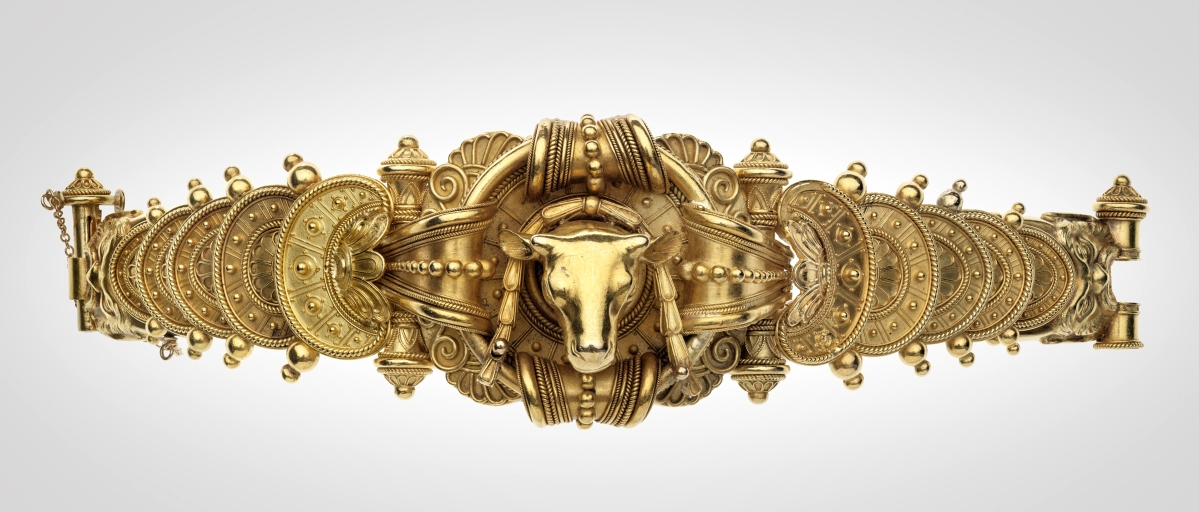
Etruscan Revival, named for the civilization that flourished in Italy before the rise of Rome, is a label attached to some of the most elaborate forms in Nineteenth Century jewelry. This magnificent gold bracelet of about 1860 was made by Ernesto Pierret (1824–1870), whose workshop in Rome competed in quality with the Castellani. Unless otherwise noted, objects shown are from the collection of the Museum of Fine Arts, Boston. Photos courtesy MFA, Boston.
By Karla Klein Albertson
BOSTON, MASS. – Jewelry may be small in scale, but at Boston’s Museum of Fine Arts (MFA) exhibitions of personal ornament have enormous impact. Jewelry has high status at the institution, one of only a few with a dedicated jewelry gallery, and the first American museum to have an endowed position for a jewelry curator. The curatorship bears the names of Rita J. Kaplan and Susan B. Kaplan, a mother and daughter who were serious jewelry collectors. The gallery’s creation was funded by the Rita J. and Stanley H. Kaplan Family Foundation.
“Past Is Present: Revival Jewelry” opened, appropriately, on Valentine’s Day and remains on view through August 19. This show, the third since the gallery’s debut in 2011, was organized by Emily Stoehrer, who succeeded the department’s founding curator Yvonne Markowitz in 2014. Whereas the latter’s background was in Egyptology, Stoehrer’s studies have been in the field of fashion and costume.
The curator pulled treasures from the MFA’s collection of more than 20,000 examples of jewelry made over a span of 6,000 years, everything from ancient Egyptian jeweled collars to a comprehensive collection of Twentieth Century studio jewelry. From this abundant variety, she selected not only revivals, but also the styles revived. The resulting display includes 80 objects, most drawn from the vaults but supplemented by 17 loans from private collections. The visual effect is enhanced by artwork underscoring how fashionable wearing such revival jewelry was in its day.
 In a recent interview, Stoehrer explained the genesis of the project: “The concept really started with the fact that we have this amazing Nineteenth Century collection – a lot of great examples by Castellani and others, plus many new acquisitions we’ve made over the last ten years. The challenge was that there are so many different revival styles. It was a process of narrowing that down and deciding which ones we wanted to focus on.”
In a recent interview, Stoehrer explained the genesis of the project: “The concept really started with the fact that we have this amazing Nineteenth Century collection – a lot of great examples by Castellani and others, plus many new acquisitions we’ve made over the last ten years. The challenge was that there are so many different revival styles. It was a process of narrowing that down and deciding which ones we wanted to focus on.”
The process of looking back, re-creating and updating runs through the history of jewelry in particular and design in general. The Etruscans really fancied those Greek vases, the Romans borrowed ideas from both cultures and the Renaissance absorbed influences from them all. The paths selected for this exhibition were Classical and Egyptian Revival, along with the broader category of archaeological revival, which may include the first two but also encompasses the inspiration of artifacts from other ancient civilizations. The final theme is Renaissance Revival jewelry. The time under consideration is the Nineteenth and early Twentieth Century, when an avid clientele’s desire for ornaments in past styles produced an enormous output from jewelry workshops in the western world.
To make her point, the curator has drawn visual parallels in the display cases. A brilliant 1924 Cartier winged scarab – made only two years after the opening of Tutankhamun’s tomb – incorporates ancient faience wings and is placed next to similar pieces drawn from the museum’s 740-660 BCE Egyptian collection.
Stoehrer explained, “The MFA didn’t have great examples of the Egyptomania that happened in the 1920s, so that’s one of the reasons I really was excited to reach out to Cartier and secure these loans from them. They had the most extraordinary examples of Egyptian Revival material from the Twentieth Century. We’ve got two examples of Egyptian Revival – a bracelet that belonged to Linda Porter, Cole Porter’s wife, that features an Eye of Horus, and a really incredible belt buckle/brooch that can be worn either way that has a large scarab in the middle. Those are positioned next to an ancient piece from our collection to show the variation and the differences.”
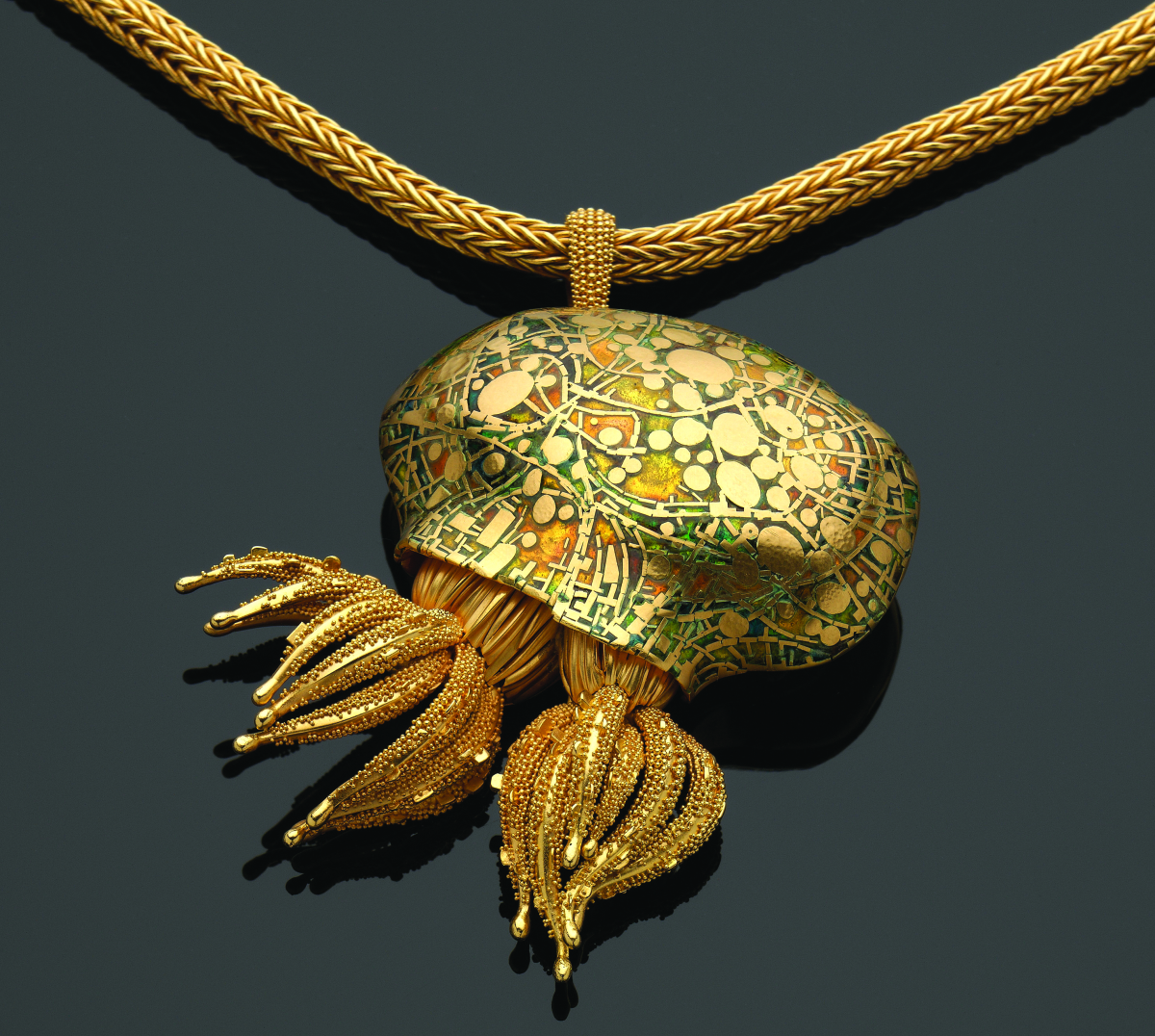
John Paul Miller (1918–2013), an American jewelry designer and goldsmith, was honored with an exhibition at the Cleveland Museum of Art in 2010. Enameling and granulation were among the techniques he used to ornament his creatures of earth, sky and sea, illustrated in “Polyp Colony,” 1995.
A major element in the creation of revival jewelry is not only the replication of styles, but also of ancient techniques, such as cameo and intaglio carving or micromosaic composition. One of the most difficult to recapture was the art of gold granulation – decorative patterns formed by positioning and affixing minute gold spheres to the jewelry surface. The name to conjure with in archaeological revival jewelry was the Castellani family. Based in Rome, the artisans won international renown for their recreation of ancient jewelry excavated in Italy. Sons Alessandro and Augusto followed their father Fortunato Pio in the business. Alessandro is credited with perfecting the renewal of that particular ancient technique.
Although the MFA did not publish a catalog to the present show, scholars can turn to the comprehensive reference Castellani and Italian Archaeological Jewelry. Edited by Susan Weber Soros and Stephanie Walker, the volume accompanied a 2004 exhibit at the Bard Graduate Center in New York City. In a chapter on “Revivers of the Lost Art: Alessandro Castellani and the Quest for Classical Precision,” Jack Ogden wrote, “Alessandro Castellani’s ambition to rediscover the lost art of Etruscan granulation is one of the great adventure stories of jewelry history.”
The jeweler had the advantage of the up-close examination of ancient examples. After decades of study, he was able to produce one of the masterpieces in the exhibition, the lobed “Campana” brooch from the MFA’s permanent collection (also exhibited at Bard), which echoes and emulates a Sixth Century BCE Etruscan brooch at the Louvre.
Another exhibit with exquisite granulation is a brooch with a winged Eros riding a dove made by Giacinto Melillo, a student of Castellani’s. Stoehrer said, “The dove with the Eros has always been a favorite of mine because of the level of detail – there’s something about it that I really love. That’s such an exquisite example because on the hair every single curl is actually a practically microscopic granule.” Since the exhibition mixes antique and modern jewelry for effect, the curator has displayed nearby a dramatic 1995 work by John Paul Miller, a “Polyp Colony” with granulation on the tentacles.
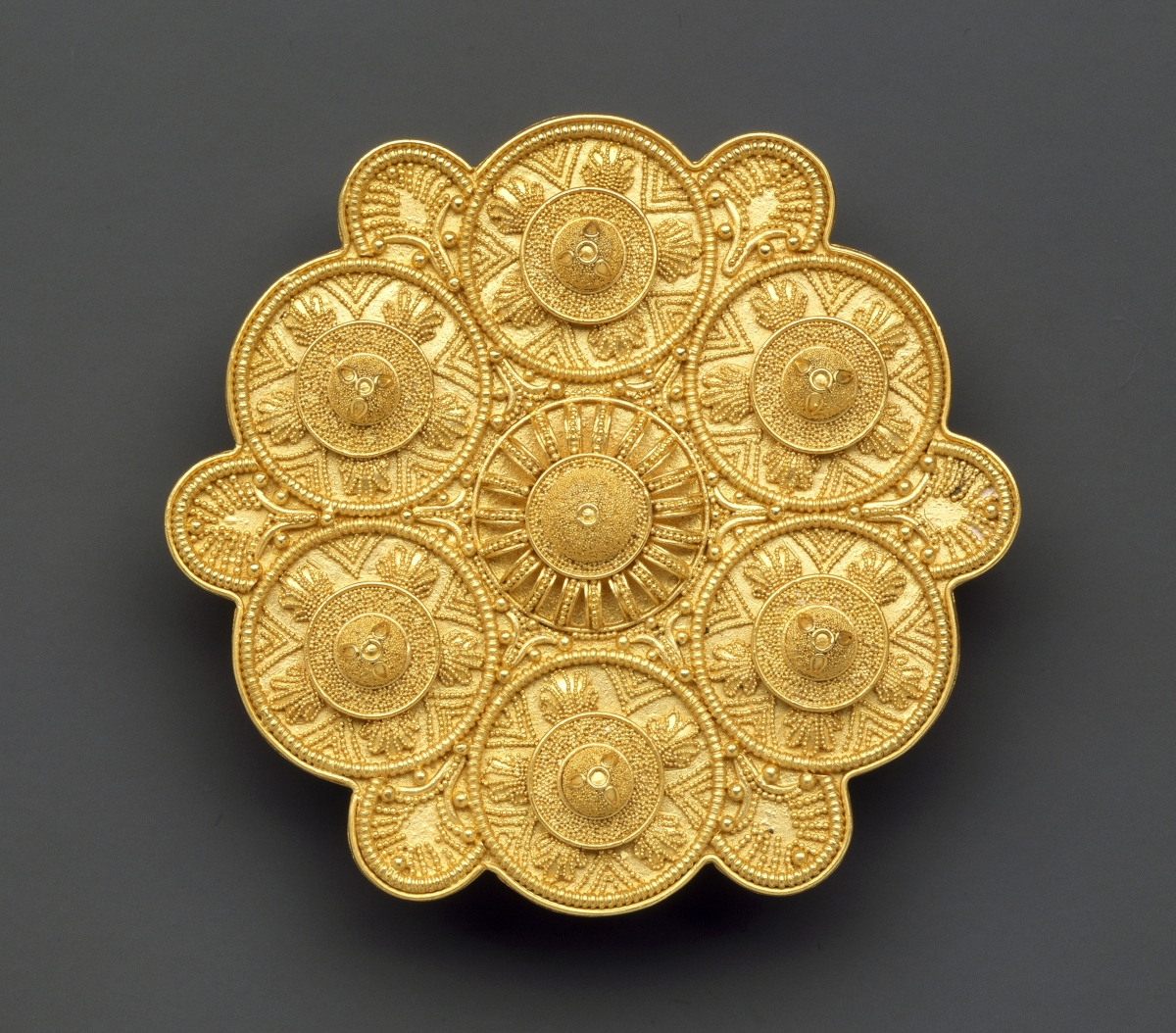
This circa 1858 lobed brooch by Alessandro Castellani (1823–1883) was modeled on a similar ancient Etruscan work that was part of the Campana collection, then in Italy. The jeweler had the opportunity to study and copy pieces before the archaeological artifacts were sold to the French in 1861. The Sixth Century BCE original ornament that inspired this brooch is in the Louvre.
“For the Renaissance Revival, we have a lot of examples that use color more than you see in Etruscan Revival or Classical Revival,” noted Stoehrer. “For archaeological revival, you see a lot of gold work and playing with gold techniques. In Renaissance Revival, you have colorful enamel. Different techniques are being revived in the Nineteenth Century, some of which had also been of interest to people during the Renaissance. In this section, we have a wonderful plique-a-jour enamel pendant of a girl blowing pearl bubbles. The way that the enamel has been done in the back, it looks like a stained glass window.” The 1910 pendant was created by the Barcelona firm of Fuset y Grau Joyeros.
“Past is Present: Revival Jewelry” is sure to light a fire in the heart of collectors. The good news is that revival jewelry continually turns up at auction, often at far more moderate prices than newer estate trifles with cut stones. One excellent opportunity was at Skinner Boston’s September 2016 fine jewelry auction, which included revival pieces from the Nancy and Gilbert Levine Collection deaccessioned by the Toledo Museum of Art. A Classical Revival necklace, circa 1870 – not unlike a parure in the exhibition – brought $4,613, while a circa 1865 Egyptian Revival earring and brooch set featuring mesmerizing iridescent scarabs made $5,228.
Kaitlin Shinnick, Skinner’s senior specialist in jewelry, said recently, “Sometimes when people see revival jewelry, they don’t recognize the value. People have been trained to think, if it doesn’t sparkle, it’s really not expensive. We do have people who will just find this jewelry in an old leather box and think it’s costume or not important. That’s really exciting when they bring it to us. It’s great to see this kind of survey exhibition at the Museum of Fine Arts, Boston. It shows off the strength of their collection while exploring a fascinating subject.”
The day before Mother’s Day, May 13, at 2 pm, David Bielander, whose work is included in the exhibition, will present the annual Daphne Farago lecture. The contemporary artist working in Munich, Germany, has created a nine-foot python necklace that is displayed on an Alexander McQueen dress in the gallery.
Emily Stoehrer said in conclusion, “I hope people will take away that, as popular as revivalism was in the Nineteenth Century, this wasn’t just a Nineteenth Century movement. It started before that and continues. There are jewelers who are continually looking to the past to fuel their creative work. It’s a constant inspiration for artists. I imagine visitors will be excited to see expected and unexpected things in the gallery. The most extraordinary mount-makers creating custom mounts for these pieces, so they do appear to be floating in space. The size can be a challenging. My predecessor and I have worked hard to make sure the gallery isn’t too crowded. Visitors have space to take in the objects and see all the details.”
The Museum of Fine Arts, Boston, is at 465 Huntington Avenue. For more information, 617-267-9300 or www.mfa.org.
Journalist Karla Klein Albertson writes about decorative arts and design.

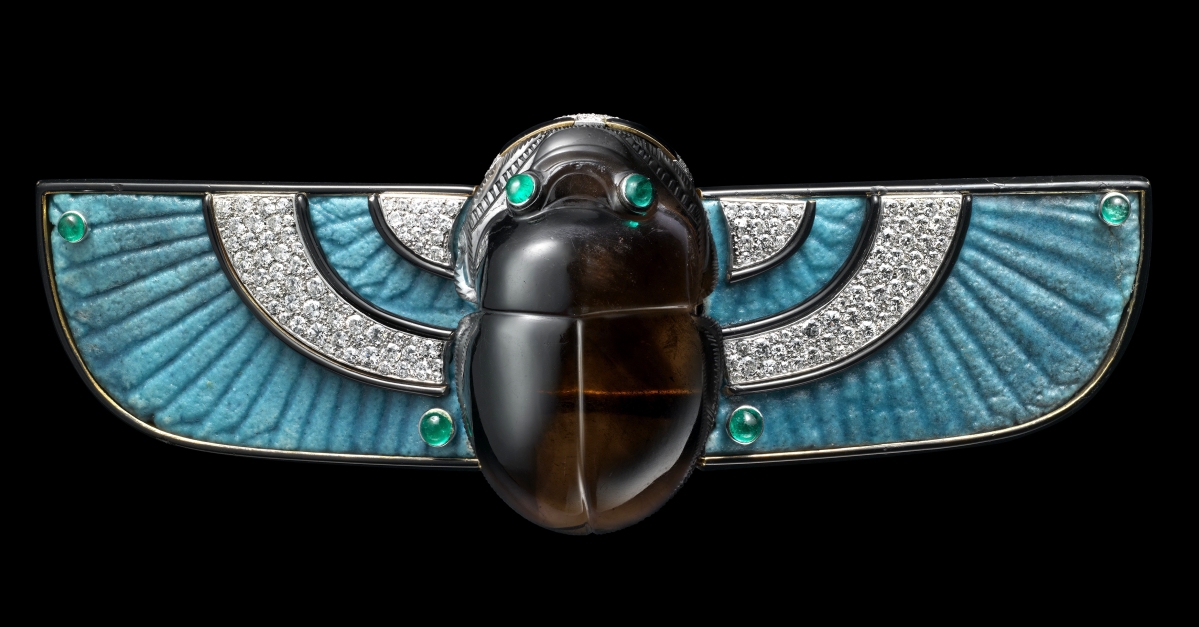
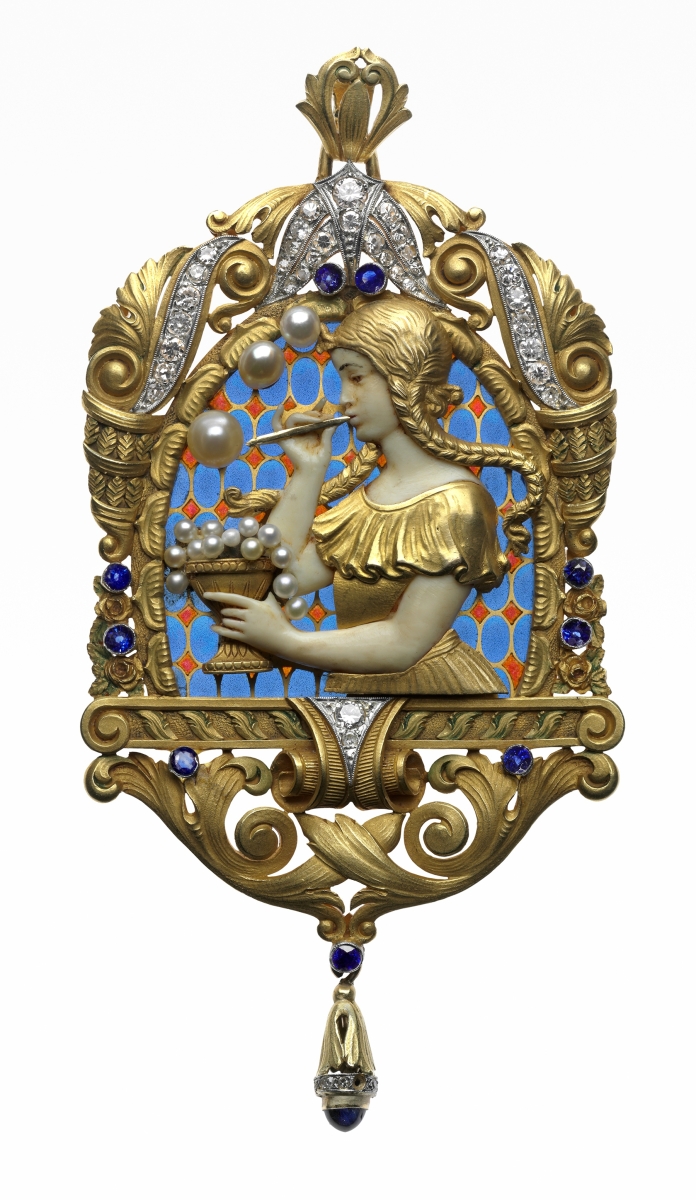
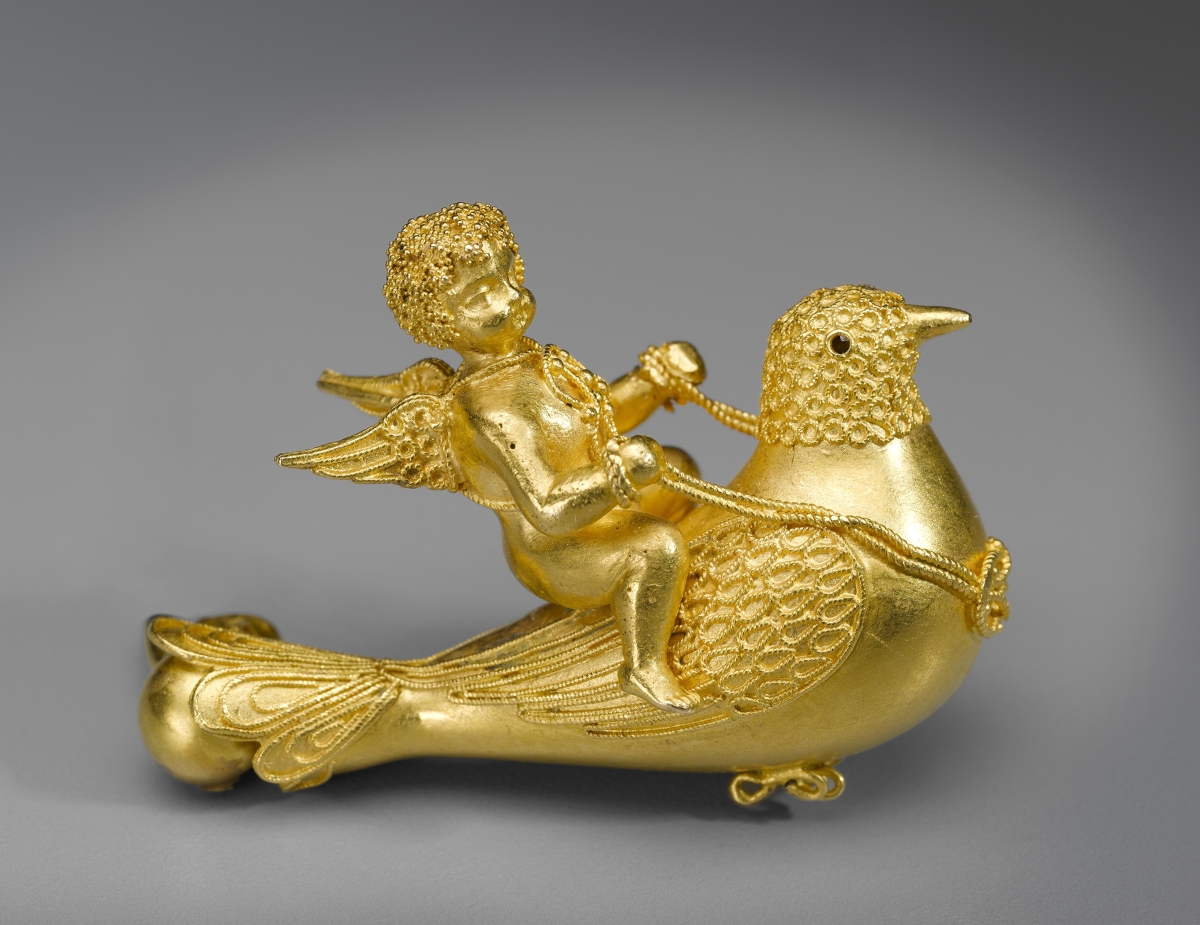
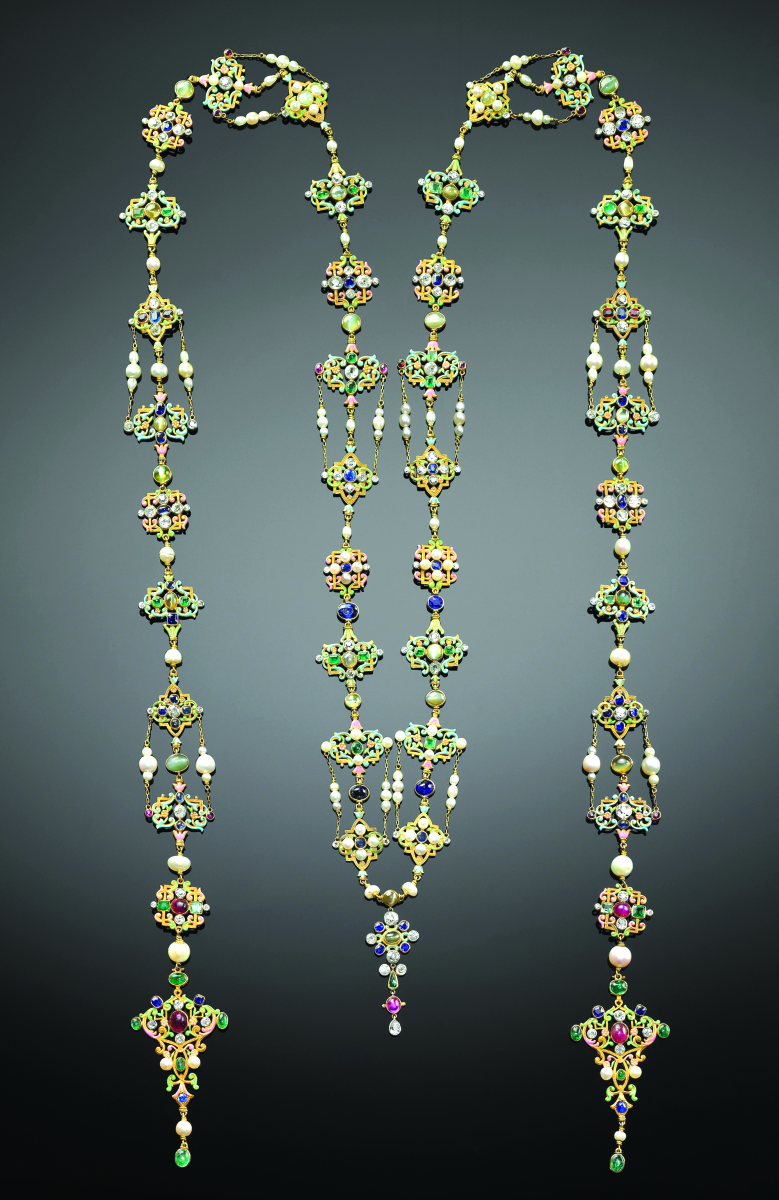
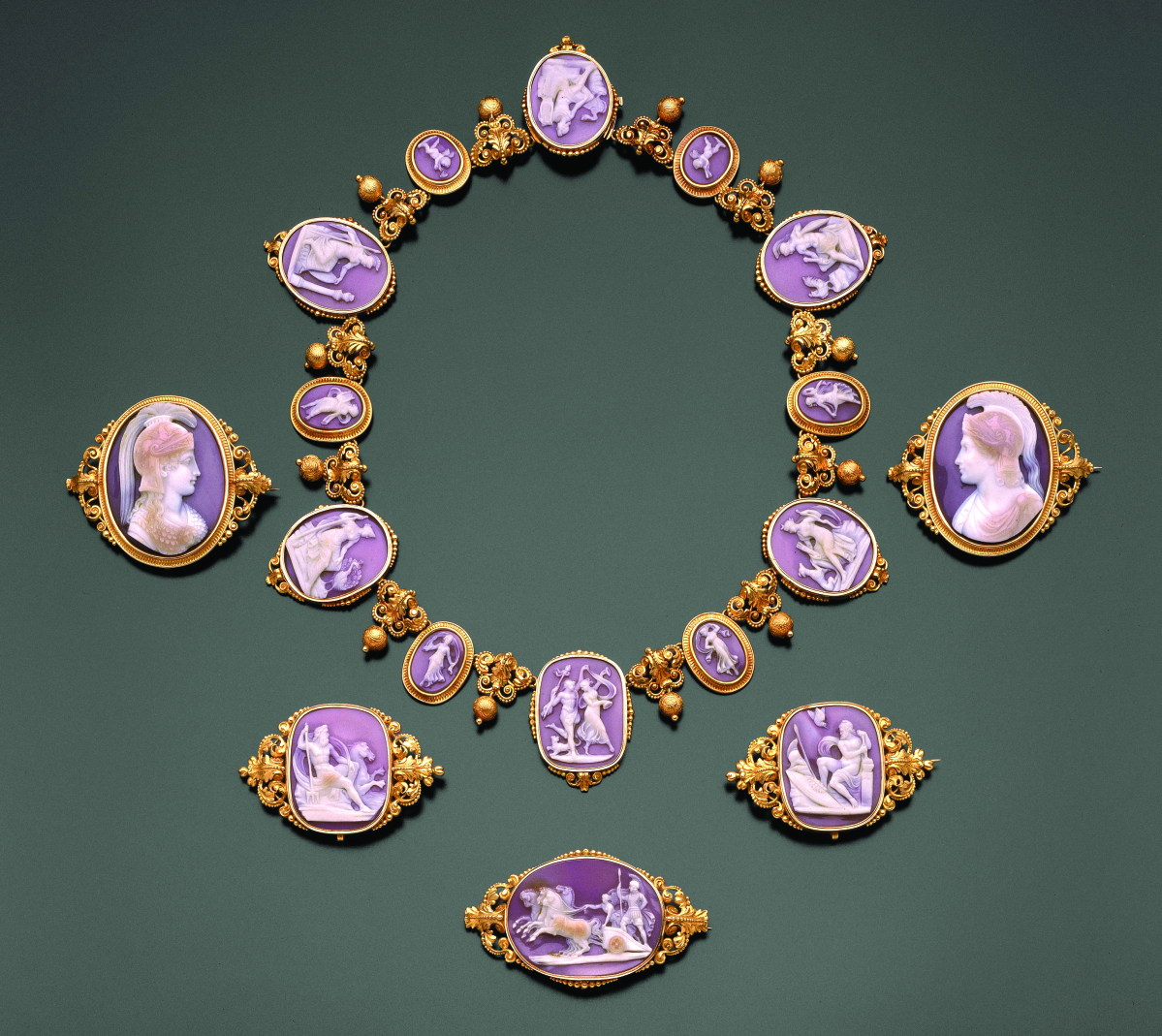
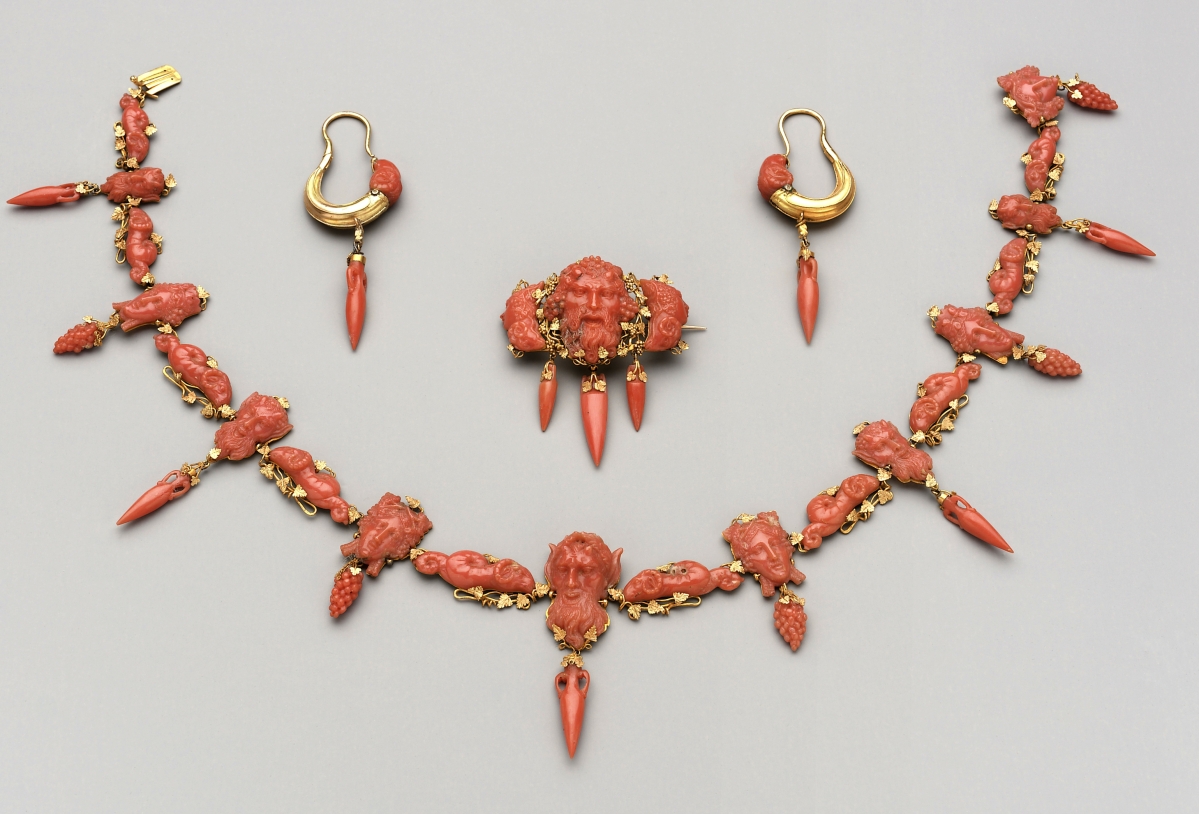
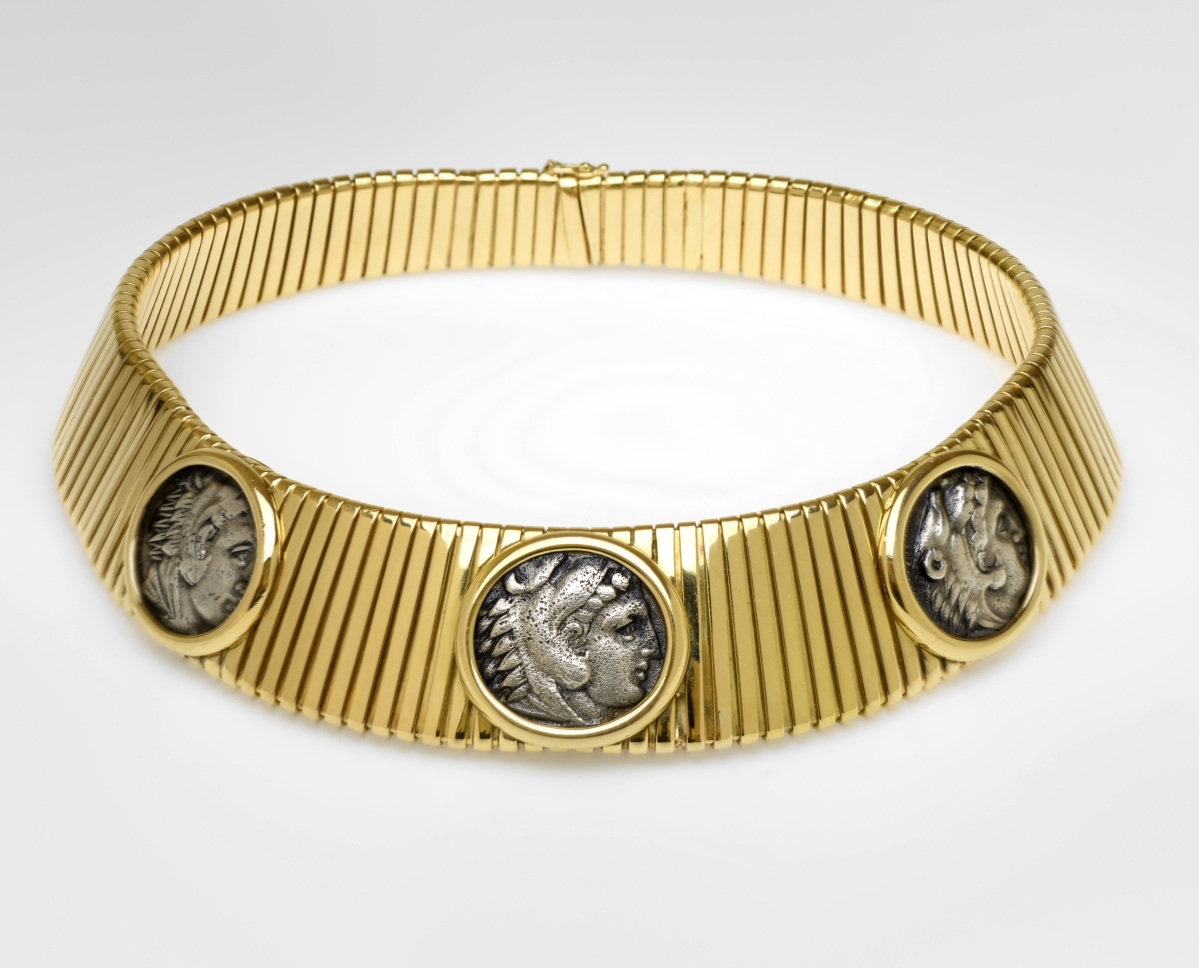
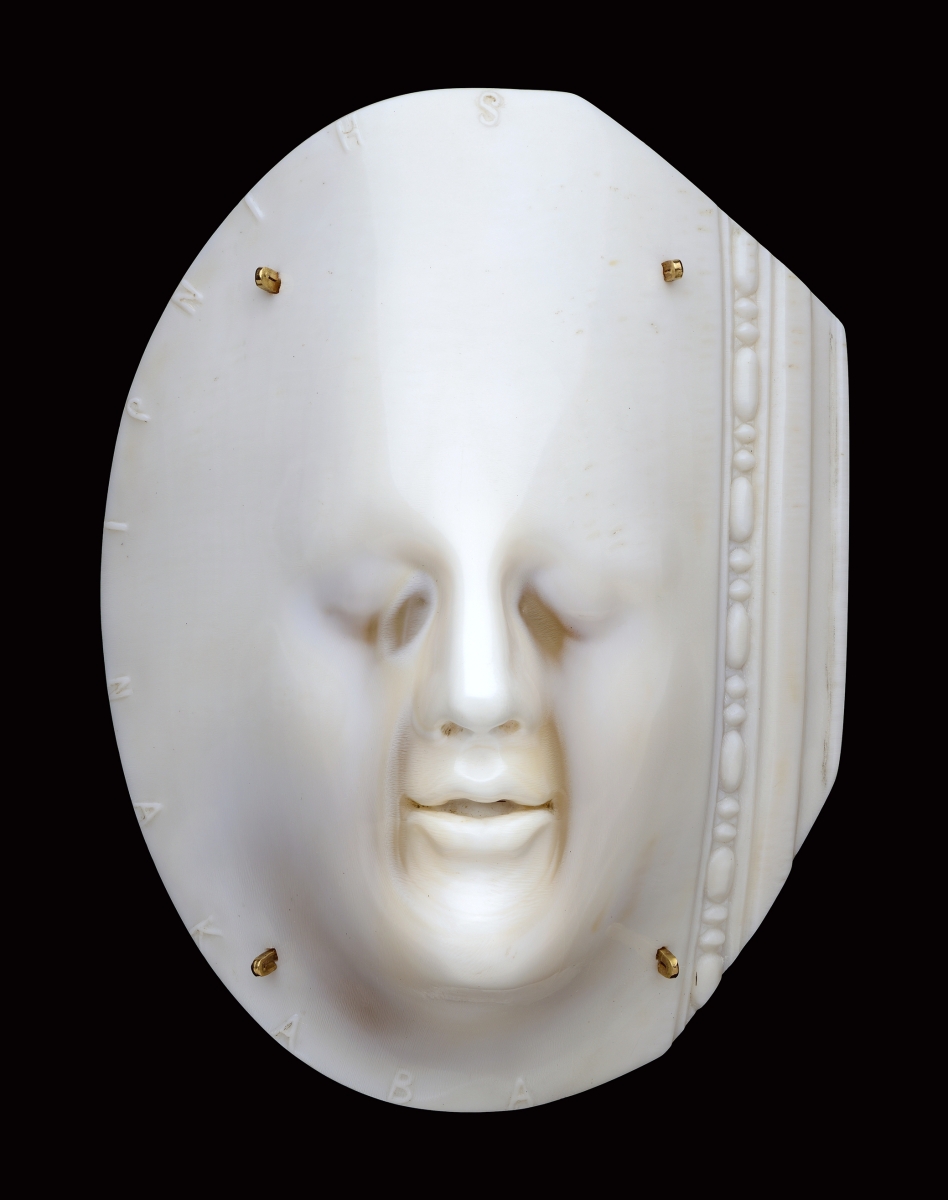
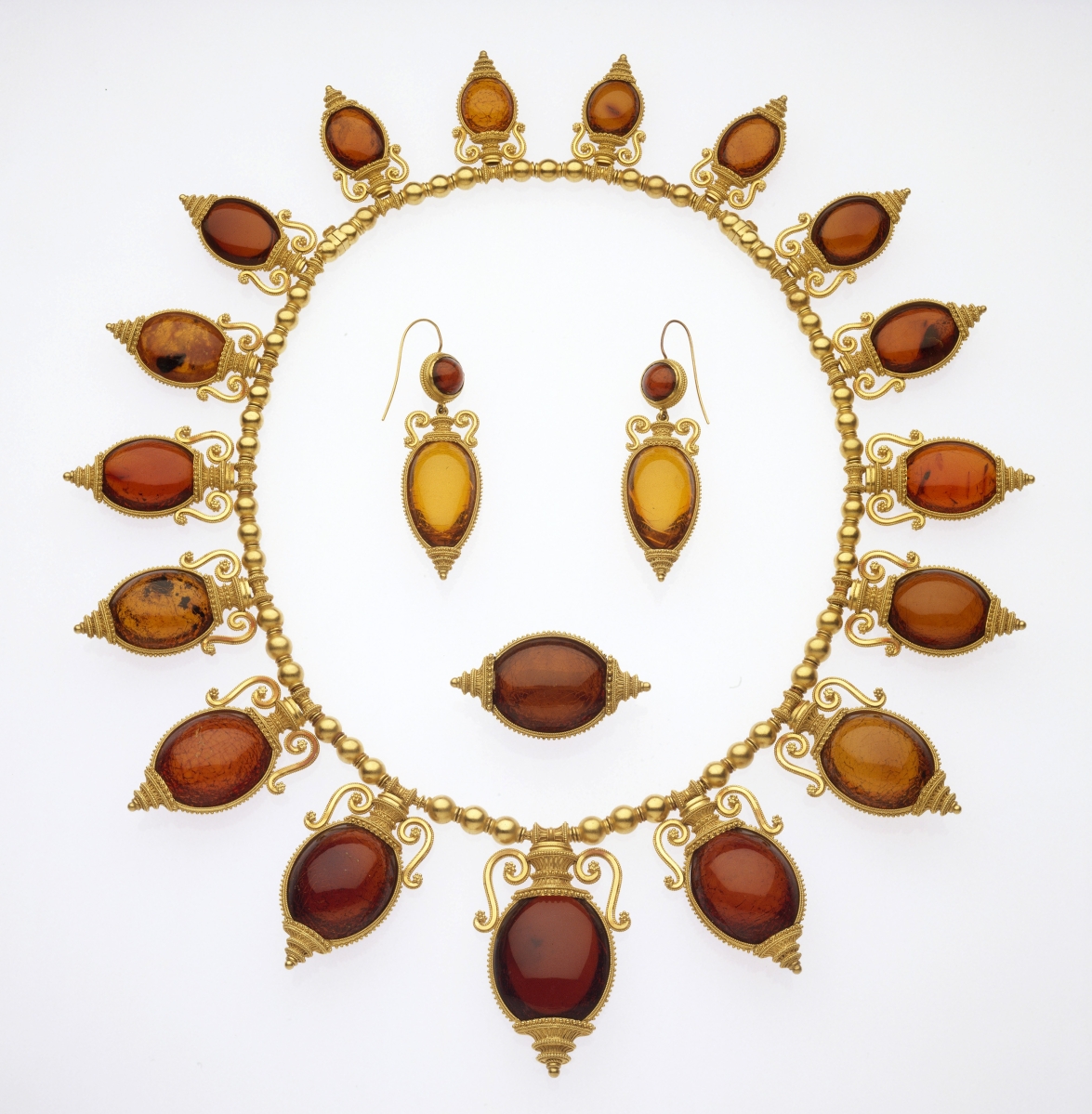
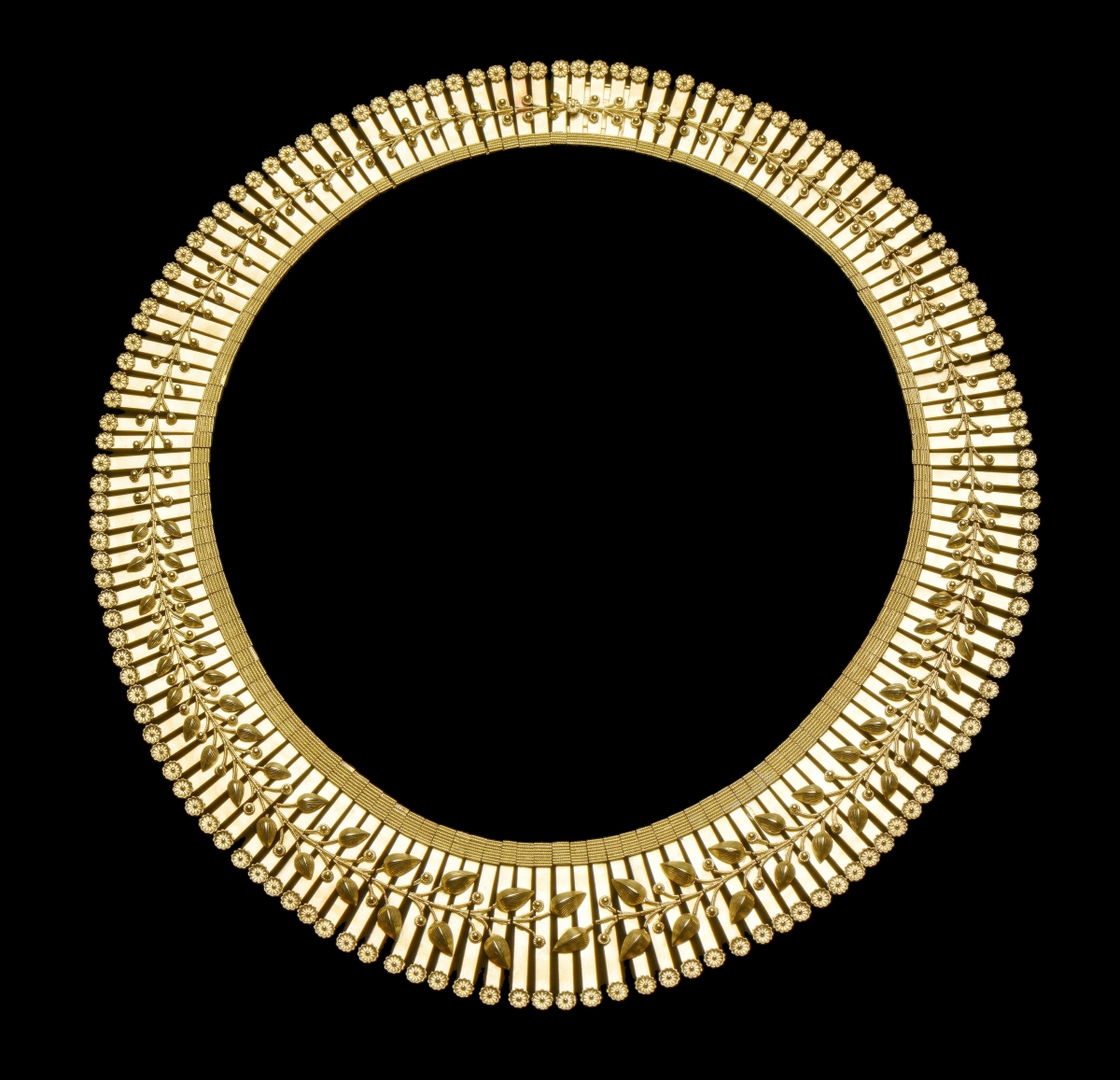
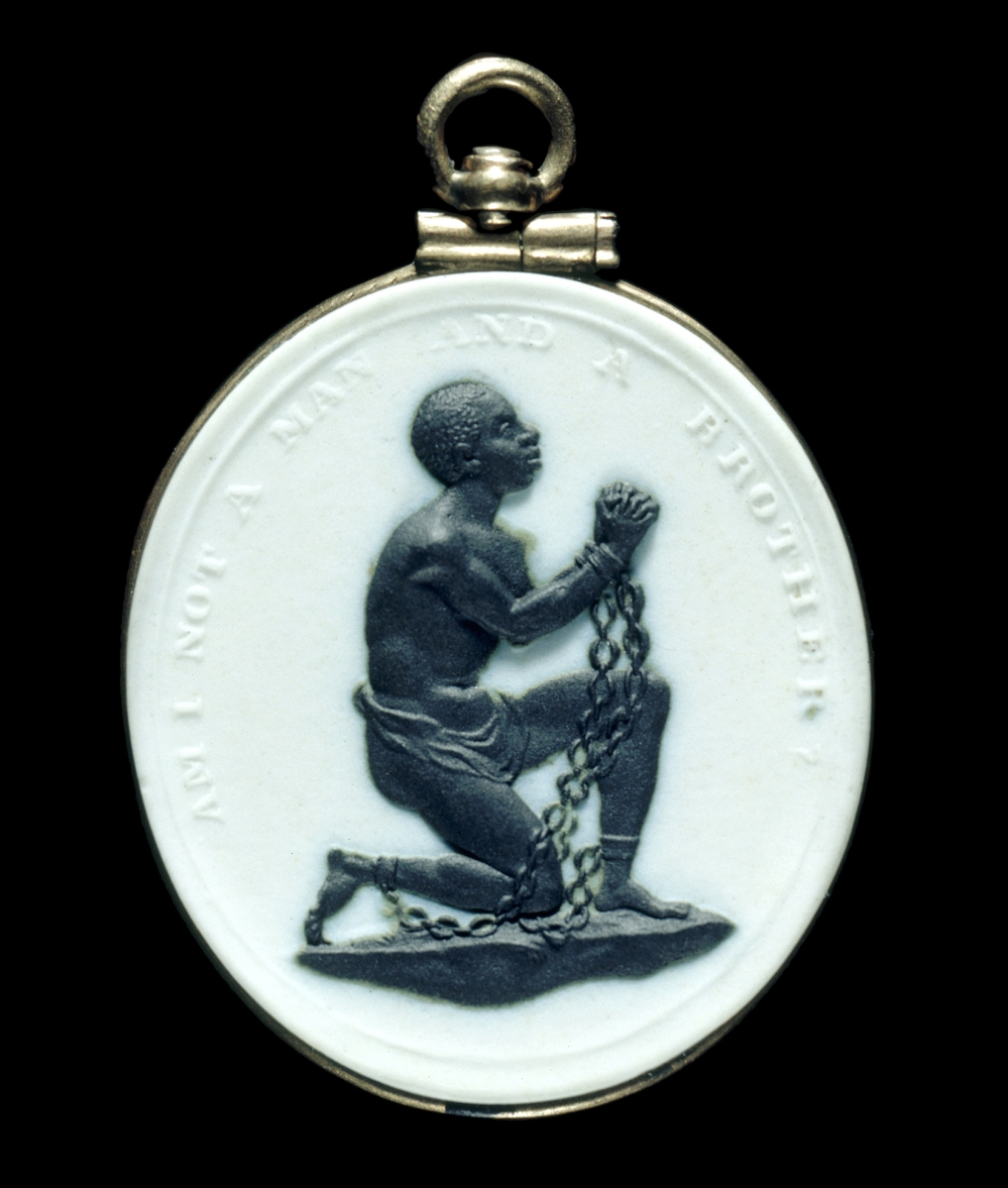
_dante_gabriel_rossetti.jpg)



